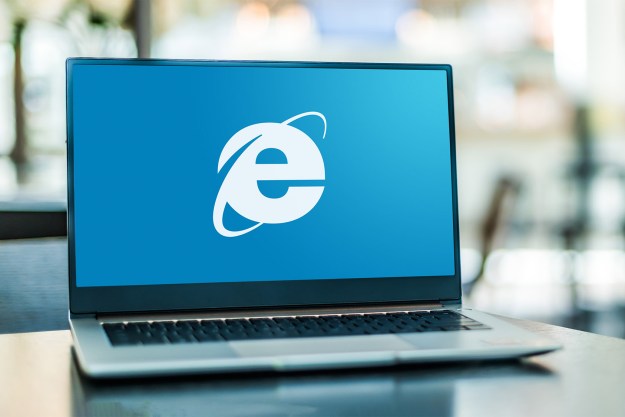
Now, Microsoft is taking some steps to help protect Windows against cyberattacks perpetrated by government organizations. Known as nation-state actors, these groups can be some of the most competent in breaking into systems and stealing sensitive data.
Microsoft’s first steps in addressing these concerns are to issue a number of additional security updates to go along with its usual Update Tuesday release. All versions of Windows, including older versions, will receive these updates, a step that Microsoft is taking due to “the elevated risk for destructive cyber attacks” that exists today. As Microsoft describes the new updates:
“Today, as part of our regular Update Tuesday schedule, we have taken action to provide additional critical security updates to address vulnerabilities that are at heightened risk of exploitation due to past nation-state activity and disclosures. Some of the releases today are new, and some are for older platforms under custom support agreements, that we are making publicly available today. Customers with automatic updates enabled are protected and there is no additional action required. For customers managing updates, or those on older platforms, we encourage them to apply these updates as soon as possible.”
In order to receive these updates, you need to make sure your Windows machines are configured for automatic updates. At least, head over to Windows Update on all of your machines and run the update process periodically if you don’t have automatic updating turned on.
Microsoft has provided additional details on these updates at its Security Response Center blog. It also provides more information on how to determine which version of Windows you are running and additional details on how to enable Windows Update. As usual, the company recommends that anyone running a very old version such as Windows XP update to Windows 10, which will bring a host of additional security advantages in addition to the most up-to-date features.
Editors' Recommendations
- Microsoft may fix the most frustrating thing about Windows updates
- Microsoft plans to charge for Windows 10 updates in the future
- Update Windows now — Microsoft just fixed several dangerous exploits
- After 10 years of headaches, I’m finally a believer in Windows on ARM
- The latest Windows update is causing major printer problems


